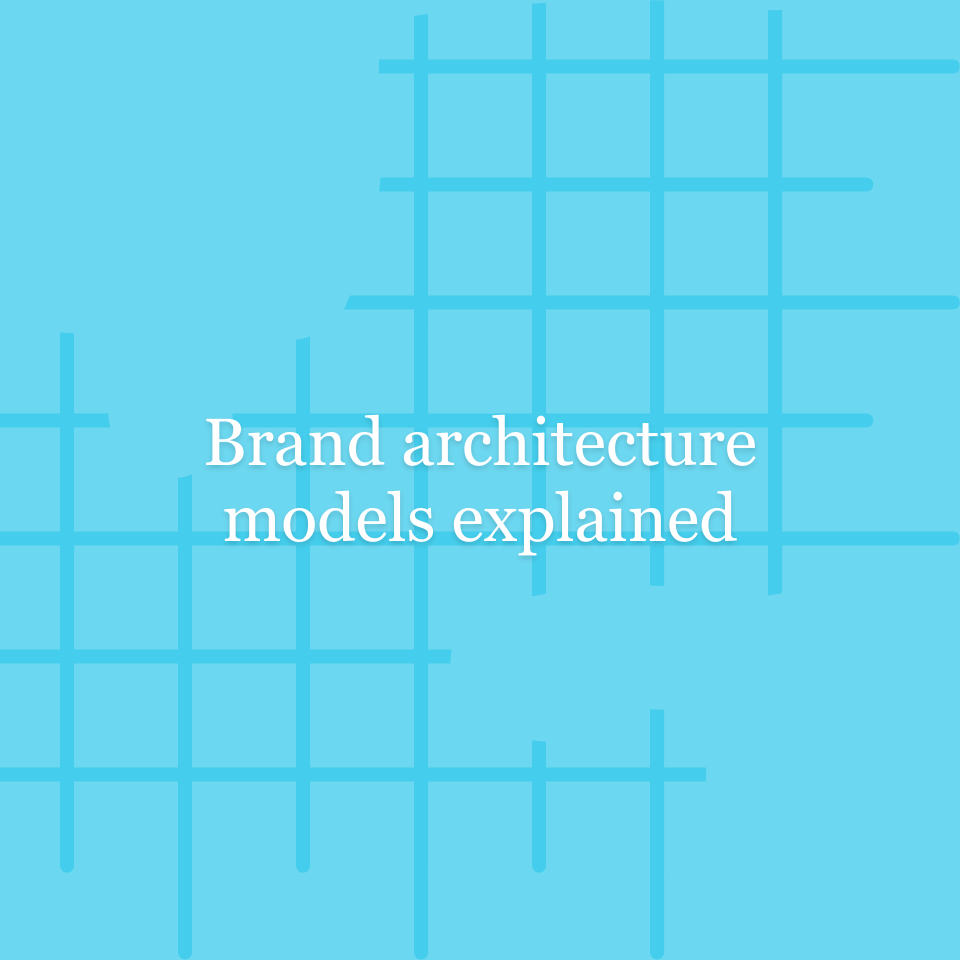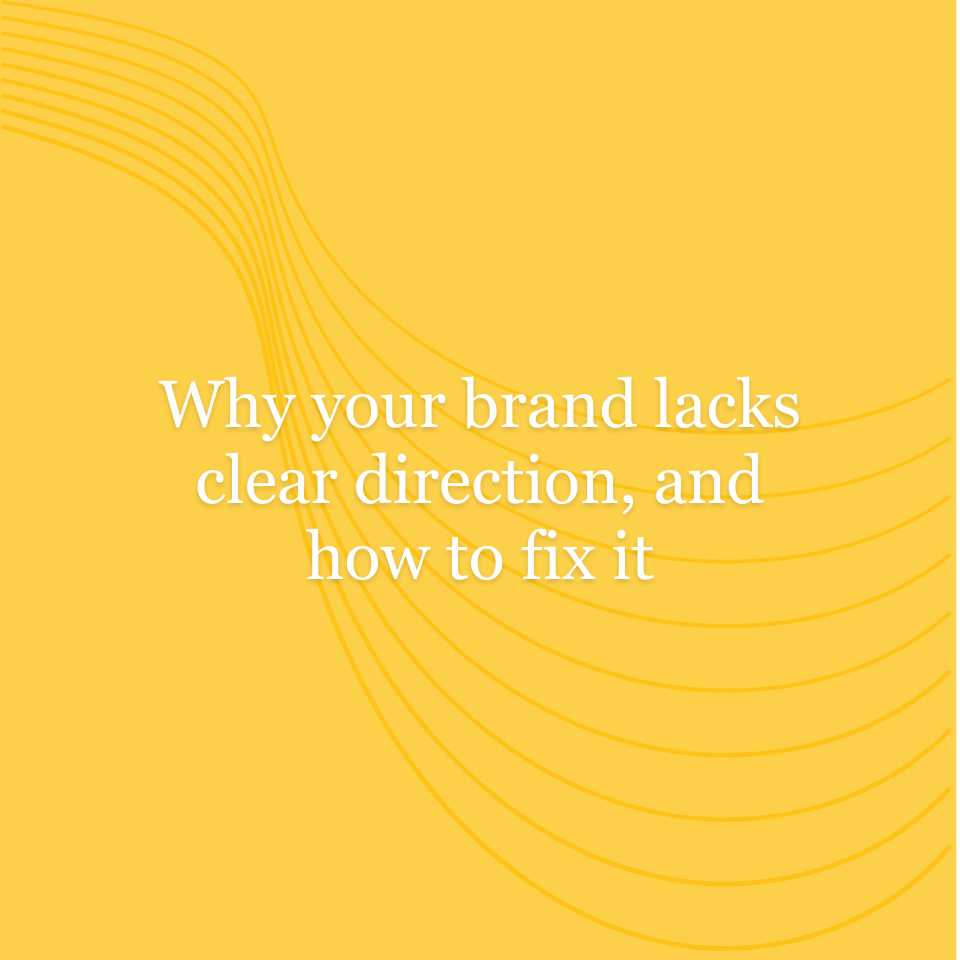It’s time to retire “consumer,” and the notion of an “audience”.
We can build greater purpose into the labels we assign to our users and buyers of goods and services. In doing so, we can highlight the responsibility we all carry in creating a better world. When we think about and create programs, messages, or campaigns catered to those people who we want to purchase our goods and services or join in on our experiences, we should think of them as more than just recipients, or receivers of our message.
The consumer
Why do we still frame all commerce and brand storytelling around the act of consumption? At what point should we retire the word “consumer” for a term that is more holistic of the people we are seeking to attract, and more insistent on sustainability? With more emphasis on digitally based services and experiences, as well as experiences and services that are ephemeral, consumption of goods isn’t fully applicable to a cloud-based economy, nor is it in the interest of the human species. It seems almost as if the Anthropocene is synonymous with Consumerization. Yet, if we look to neuroscience, we know that ideas don’t just shape language — language has the potential to shape ideas. So, what would happen if tomorrow we all refuse to employ the concept of consumption or of a consumer anymore?
Consumption needs to be the primary frame for commerce. The world cannot sustain commerce solely concerned about acquiring and consuming — particularly when consuming is only partial and leaves behind unbelievable amounts of waste in its wake. Our companies can no longer foster a perception that the people we are designing and building for are solely there to gobble up what we create.
We aren’t the first to suggest that “the consumer” goes by the wayside, and the arguments previously made still hold — consumer doesn’t encompass modern commerce, modern business models, or modern problems, nor does it pay the respect due to the everyday buyer who drives our economies.
As we see in companies like Airbnb, the gig economy isn’t wholly consumption-based — nor are cloud-based businesses like Microsoft, nor are some of the most forward-thinking brands today that are building their companies around sustainable, purposeful business models, like Ridwell based here in Seattle. These brands all have a broader framework for defining the folks with whom they do business or to whom they provide a service or experience. The best brands have always created experiences — or at least carries the illusions — of seeing the people with whom they transact as larger than the act of transacting.
We do a lot of work with B2B companies, where the notion of customers, buyers, and users is more prevalent than consumers. Frankly, “customer” is only a partial improvement. While these three terms are useful in how they narrowly define the actual role of each person relative to the goods or services being hocked, they still lead to thinking that is myopic, devoid of context about the broader world of the people buying and using our products, and only encompassing a very shallow possibility for the brand.
The audience
We can extend the arguments around “consumer” to thinking marketing and sales around “audience”. And audience passively receives (or rejects) a message. They can be tricked, played, and made to have a reaction that may or may not bear out over time and in a substantive manner. Audiences are there for the players; the word itself demands the emphasis be on who is on stage.
Many brands use storytelling frameworks, journey maps, and narratives that snap to this model: the product, service, experience, or brand being sold is the hero. Sometimes brands go so far as to make their founder the hero. That is the player/audience model our language has molded. Our products and services are not heroes, our founders aren’t saviors; they aren’t even the protagonist.
We know neurologically language creates ideas — not just the other idea way around. So, we need to adjust our language to seat a new idea: the humans in the world that we want to use, share, and participate in the products, services, and experiences we are creating are the protagonists. They are more than a passive audience, they are the actors we are trying to influence, and ideally, gain affinity with.
New language
What are more useful ways to think about the people we want to woo and with whom we want to create both a sustainable economy and a long-term pattern of affinity and trust? Here are a few ideas:
- Instead of Consumer, the Participant
Why? Because the individual interacting with goods and services (or the goods created to provide those services) needs to have a more responsible and proactive role in the process. Additionally, those making products and services need to think beyond a transaction or moment in time and think holistically about people’s lives, behaviors, beliefs, risks, effort, and needs.
Frameworks around circularity already point somewhat in this direction, moving away from a linear pattern of consumption (extract, create, sell and discard). Even if they still refer to users and consumers, the concepts that are highlighted and emphasized in the circular economy are sharing, maintaining, reusing, remanufacturing, refurbishing, and ultimately recycling.
https://ellenmacarthurfoundation.org/circular-economy-diagram
- Instead of Audience, we present the Stakeholder
Why? Because individuals choosing a product or service or participating in an experience aren’t just consuming it, they have a stake in how it’s produced, why it exists, what its role is in their lives and more broadly in the world, and its their dollars, time, effort and risk that are being exchanged.
Similarly, the word ‘stakeholder’ is used more often in sustainability-related language to incorporate the interactions experiences of those touching the brand, product, or service in any way: from the people living in areas where materials or technology are sourced, to organizations along the supply chain, to employees, participant buyers, and the societies and governing bodies around them.




